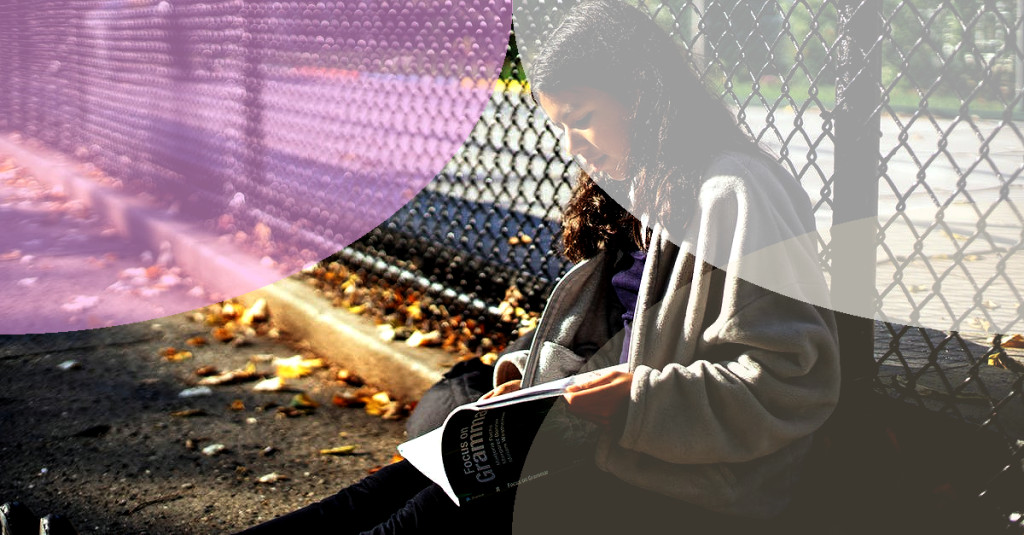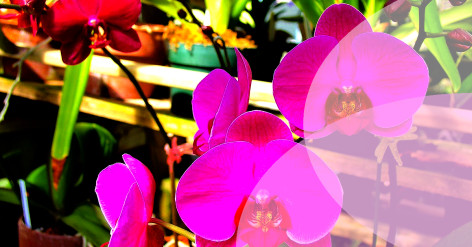Easy ways to propagate plants

A Leaf Out of Their Book: Getting Started with Leaf Cuttings

Deriving joy from gardening comes with discovering new and exciting ways to enhance your outdoor space. So why not try a thrifty yet fascinating way of expanding your garden and reinforce your love for greenery? Plant propagation is your answer! This age-old gardening hack, which allows plants to be replicated without having to splurge on expensive seeds or nursery saplings, is both enriching and sustainable.
In this article, we'll guide you through the various easy-to-follow methods to propagate plants, exploring the bounty of nature and giving you more reasons to be proud of your gardening prowess!
Grow More When You Divide: The Quick and Easy Division Trick

Related articles
When it comes to propagating plants, leaf cuttings are by far your most uncomplicated option. Here is a no-fuss way to successfully multiply your plant collection using leaf cuttings:
- Select a healthy leaf along with its petiole, the stalk connecting the leaf to the stem.
- Snip off the petiole by making a clean, diagonal cut.
- Allow it to dry for a few hours, and then dip the cut end into a rooting hormone. You can easily make your own rooting hormone or purchase from your local nursery.
- Prepare a pot with a mix of sand, peat moss, and perlite. Make a small hole, insert the petiole half an inch deep into the mixture, and gently firm the soil around it.
- Water it moderately and cover the pot with a glass dome or a plastic bag to maintain high humidity.
- Keep the pot in a warm spot with bright, indirect sunlight.
- After a few weeks, new plantlets will emerge from the base of the leaf cutting. Once they have developed roots, they can be separated and repotted.
Succulents are the perfect candidates for leaf cutting propagation, making it incredibly easy to expand your collection.
From Stem to Stern: Exploring Stem Cuttings
Propagation by division is essentially a method of separating and replanting parts of a plant to create a whole new one. This is usually done with herbaceous perennials and bulbs. The major advantage of using this technique is that the new plant will already have an established root system, allowing it to grow faster.
- Choose a healthy, mature plant that has formed a large clump or has even outgrown its pot.
- Water the plant to soften the roots, and then carefully dig or slide it out of its container.
- With your hands or a knife, gently tease the clump apart, ensuring each piece has a healthy set of roots and leaves.
- Repot the divisions in fresh soil and water them thoroughly.
- Keep them in a shaded area for a few days before moving them to their permanent location.
Apart from rejuvenating overgrown plants, the division technique is also helpful for maintaining a uniform look throughout your garden.
Seed Sown Success: Propagate Plants from Seeds
Stem cuttings are another popular method of plant propagation, ideal for numerous plants such as lavender, hydrangeas, and many tropical indoor species.
- Remove a 4-6 inch portion from the tip of a healthy, non-flowering stem.
- Strip off the leaves from the lower half of the cutting, and dip its end into a rooting hormone.
- Insert the cutting into a pot filled with seed-starting mix, perlite, or vermiculite, and firmly press the soil around it.
- Keep the pot moist, and place it in a warm, shady spot or cover it with a plastic bag to maintain humidity.
- Your new plant should start developing roots within 2-6 weeks. Once the root system is established, gently transplant the cutting to its permanent location.
Remember that not all plants can be propagated using stem cuttings, so it's always wise to check which species are suitable for this technique.
Sometimes, going back to basics with seed propagation can be a fun and rewarding experience.
- Obtain fresh seeds either from your existing plants or by purchasing them. Make sure they are of good quality and have not passed their expiry date.
- Select the appropriate seed-starting mix, and fill your containers with it.
- Sow your seeds at the right depth according to the seed packet instructions and cover lightly with soil.
- Water gently without dislodging the seeds, and maintain consistent moisture levels.
- Place your containers in a warm spot, and provide ample natural or artificial light once the seedlings emerge.
- Once the seedlings develop their true leaves, you can transplant them into bigger pots or their final destination.
Seed propagation is slowly becoming a lost art, as it requires patience, but it's a great way to bond with nature and pass down the love for plants to the next generation of gardeners.
No matter which method of propagation you choose, the real magic lies in observing the growth of your very own creations â witnessing the miracle of life regenerate within your garden. Embrace a more sustainable and environmentally friendly approach, and enjoy the satisfaction of nurturing plants from a single cutting or seed, turning them into thriving specimens that add life and color to your home.
As always, growing plants should be a journey of joy and self-discovery, and propagation is just another tool in the gardener's repertoire, allowing the creation of an even more vibrant and diverse garden. Connect with fellow gardening enthusiasts or join online plant propagation forums to exchange ideas, successes, and insights, elevating the experience of your green escapades.





